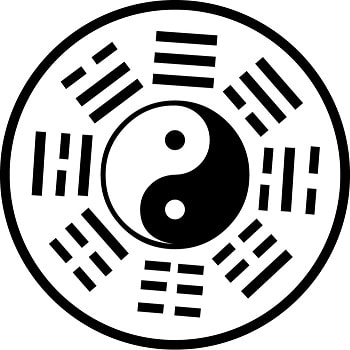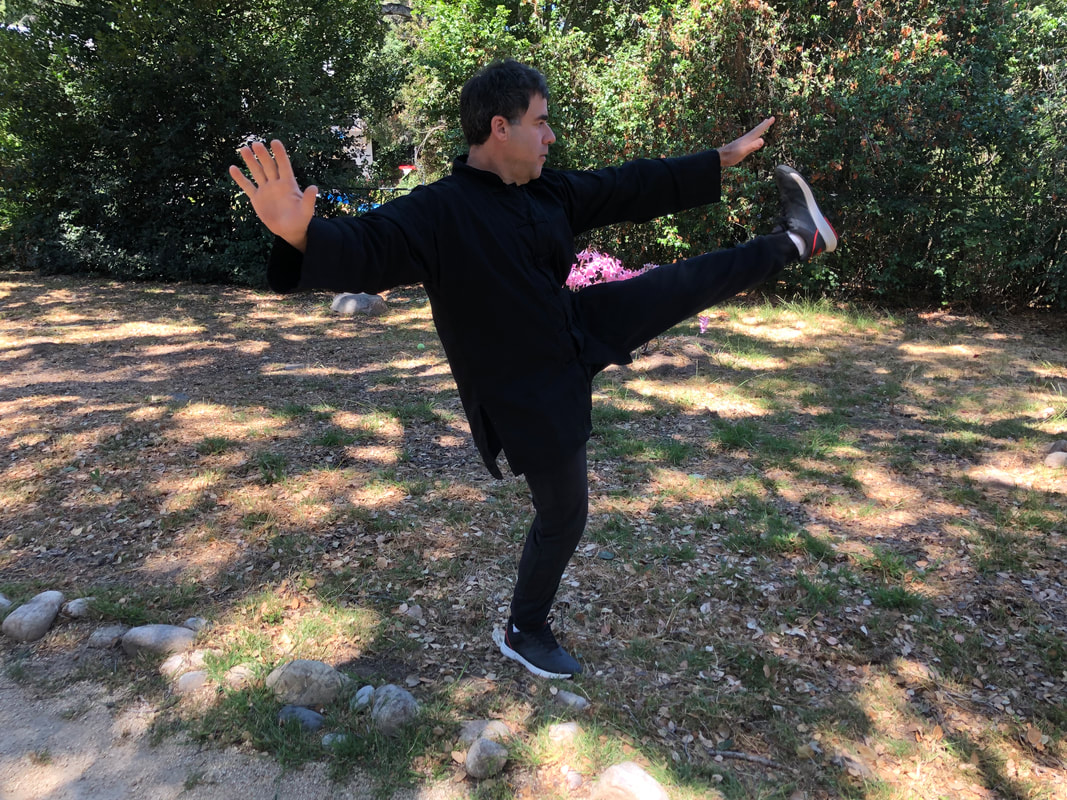|
It is said that Tao cannot be taught, it must be experienced. I loosely define Tao as the eternal, ineffable, and original characteristic of beingness that came before existence itself. Although a good western definition, I do not exactly adhere to the Merriam-Webster definition of Tao as: “the unconditional and unknowable source and guiding principle of all reality as conceived by Taoists”). I believe that one can "know" Tao, but one must experience Tao to understand it. With this in mind, I teach the concept of Tao, Qigong and wellness by providing students with experiences that lead them to a transformation which has immediate intrinsic rewards as well as life-long benefits. The transformations, which practitioners experience through the exercises and meditations taught, give them an inkling of what Tao may be, but they have to get to that knowledge and understanding by themselves and through their own self-cultivation. The art of learning Tao can be described as guided discovery, or discovery learning. According to Chinn (2017) “Discovery Learning sees students and learners exploring situations, performing experiments, searching for new information and raising questions. All of these practices are designed to build curiosity and interest in students, helping them to achieve new ways of thinking about problems and solutions.” Discovery learning is attributed to Jerome Bruner, also the founder of spiral sequencing as first described by Bruner in his book The Process of Education (1960). Reigeluth (1999) also highlights spiral sequencing and attributes it to Bruner (1960). Learning about Tao is not only a process of self discovery, it is a spiral process of going deeper and deeper into one’s own self to know oneself better and therefore understand Tao more fully. Some have referred to this process as pealing an onion to reveal Tao. This teaching style can be consider constructivist. According to Prince (2006) “Constructivism has its roots in the eighteenth-century philosophies of Immanuel Kant and Giambattista Vico, although some have traced it as far back as the fourth to sixth centuries B.C. in the works of Lao Tzu, Buddha, and Heraditus.” No matter how you slice it, the student is in complete control of their own self discovery. The teacher (Master, Sifu, Guru, etc.) is the guide to offer them tools to attain greater health and self understanding. The teacher in this case must have their own understanding of Tao and a clear idea of the paths that lead a student to understand Tao in their own way. This method of teaching has its roots in the traditions of ancient China. It is similar to Vedic yoga instruction, shamanic teachings, and other methods of natural self-discovery. The key is to provide the learner with a guided and perhaps more safe way to discover things about themselves that otherwise may only be discovered at great peril to the student (physically, mentally, emotionally and/or spiritually), who may, if they survive, learn to understand the Tao without a human guide. Ultimately, in Taoism, once we have a basic understanding, Tao itself becomes teacher to us all. Therefore, there are few concepts which could be considered more “Learner Centered.” Since this example of learning is an ancient Chinese tradition, it differs from what Western theorists refer to as the “traditional” role of a teacher in the learning strategy. In The Shift in the Role of Teachers in the Learning Process (Vighnarajah, et al. 2008), the authors clearly differentiate between the “traditional” teachers role, and the more learner centered role of a teacher as a facilitator. Here I take issue with how the word “tradition” is used. I submit that this concept of the “Sage on the Stage” is primarily a Western traditional strategy. I propose that the “traditional” teachers role in the Taoist tradition is indeed learner centered already and represents the “Guide on the Side.” In my personal teaching strategy, I actually blend the traditionally Eastern and Western roles of the teacher. I offer perhaps a bit more guidance in my lessons then a truly traditional Taoist master may do. Traditional Taoist teaching might be described as nearly exclusively a learner centered process where the student receives little direct guidance or feedback from the teacher, learning mostly through observation of the Master and trial-and-error.
My goal in my capstone project “Get Up and Move!” is to motivate learners, who may not be used to the more obtuse Eastern learning traditions, by clearly informing them of the dangers of too much sitting and unmitigated screen time. Beyond my capstone project, I am also committed to inspiring learners to embark on a path of self-discovery that leads to true transformation and lasting beneficial change in some of their key paradigms in life. In my life’s work, I endeavor to be a guide, not a sage. I do provide feedback on the actual exercises and I avail myself to learners’ questions, answering them to the best of my ability. I also offer examples that are from western medical and scientific traditions that correlate to the more Eastern philosophical and energetic concepts inherent in Qigong and the Taoist methods presented. Respectfully submitted by Sifu Mark Angel References https://www.go1.com/blog/post-using-discovery-learning-model-elearning https://www.merriam-webster.com/dictionary/Tao Bruner, J. (1960). The Process of Education. Harvard University Press. Prince Michael J., Richard M. Felderd, Richard M., Inductive Teaching and Learning Methods: Definitions, Comparisons, and Research Bases. Journal of Engineering Education, April 2006, Page 125. Reigeluth, C. M. (1999). The elaboration theory: Guidance for scope and sequence decisions. In C. M. Reigeluth (Ed.), Instructional-Design Theories and Models: Vol. 2. A New Paradigm of Instructional Theory (pp. 425-453). Lawrence Erlbaum Associates. S., Vighnarajah & Luan, W.S. & Abu Bakar, Kamariah. (2008). The Shift in the Role of Teachers in the Learning Process. European Journal of Social Sciences. 7. 33-41.
1 Comment
11/13/2022 04:12:09 pm
Build party hold news process. Hard military respond. Strong environment control present scene.
Reply
Leave a Reply. |
Author
Mark is a Qi Gong and Tai Chi instructor and gives classes and private lessons in Carmel Valley, CA Archives
November 2020
Categories
|

